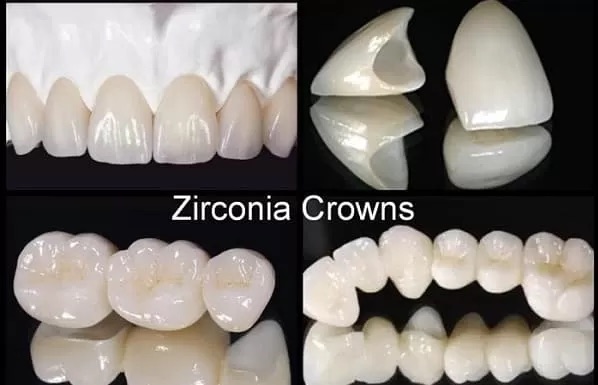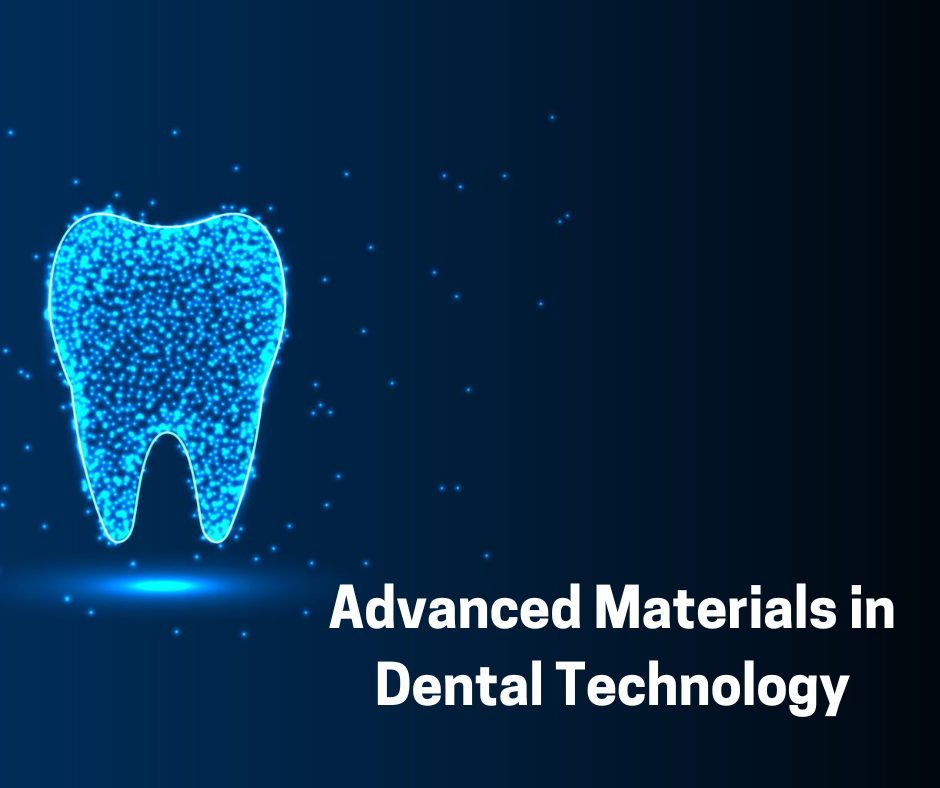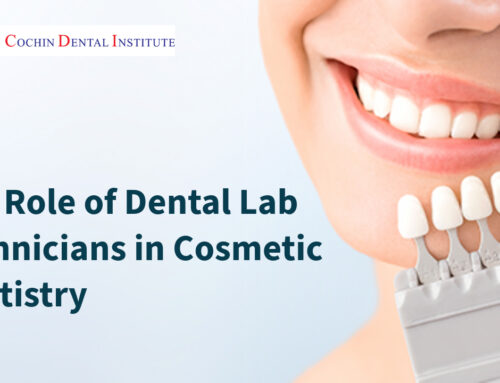In the ever-evolving field of dental technology, the materials used for dental restorations have made significant advancements, ensuring better outcomes for patients and enhancing the capabilities of dental professionals. As we move forward, understanding the properties and applications of these advanced materials is crucial for anyone involved in dental care, from technicians to clinicians. This blog explores some of the most influential materials shaping modern dental technology and how they are revolutionizing the industry.
1. Introduction to Advanced Dental Materials
The materials used in dental restorations have come a long way from the days of simple gold and amalgam fillings. Today, dental materials are not only more aesthetically pleasing but also stronger, more durable, and biocompatible. The advancement in dental materials is driven by the need for better patient outcomes, which includes not just functional improvements but also aesthetic enhancements. With the rise of cosmetic dentistry, materials that can mimic the natural look of teeth while offering strength and durability have become increasingly important.
2. Zirconia: The Revolution in Dental Crowns and Bridges

Zirconia is one of the most significant advancements in dental materials in recent years. Known for its exceptional strength and durability, zirconia is widely used in dental crowns and bridges. This material is a type of ceramic that is not only strong but also biocompatible, making it ideal for patients with metal allergies.
Key Benefits of Zirconia:
- Strength and Durability: Zirconia is nearly indestructible, which means it can withstand the forces of chewing without chipping or cracking.
- Aesthetics: Modern zirconia can be made translucent, which closely mimics the appearance of natural teeth.
- Biocompatibility: It is non-allergenic and does not cause any adverse reactions in patients.
Applications: Zirconia is primarily used in:
- Full-contour crowns
- Fixed bridges
- Implant abutments
Future of Zirconia: The development of more translucent zirconia has opened new avenues for its use in the anterior region, where aesthetics are crucial. As this material continues to evolve, it’s likely to become the gold standard for dental restorations.
3. Lithium Disilicate: Balancing Strength and Beauty
Another material that has made a significant impact on dental technology is lithium disilicate. This glass-ceramic material is known for its combination of strength and esthetics, making it a popular choice for a variety of restorations, including crowns, bridges, and veneers.
Why Lithium Disilicate?
- High Flexural Strength: Lithium disilicate offers a good balance between strength and fracture resistance, making it suitable for both anterior and posterior restorations.
- Excellent Aesthetics: It has a natural translucency that allows it to blend seamlessly with the surrounding teeth.
- Versatility: It can be used for a range of applications, from single crowns to multi-unit bridges.
Applications: Lithium disilicate is most commonly used for:
- Single crowns in both anterior and posterior regions
- Three-unit bridges in the anterior region
- Veneers
Advances in Lithium Disilicate: Ongoing research and development are focused on improving the strength and color-matching capabilities of lithium disilicate, making it even more versatile for dental restorations.
4. CAD/CAM Materials: Precision in Practice
The integration of CAD/CAM (Computer-Aided Design and Computer-Aided Manufacturing) technology in dental laboratories has transformed the way restorations are fabricated. The materials used in CAD/CAM systems, such as resin nanoceramics and hybrid ceramics, allow for the precise and rapid production of dental restorations.
Advantages of CAD/CAM Materials:
- Precision: CAD/CAM systems can create restorations with high accuracy, reducing the need for adjustments.
- Efficiency: The ability to fabricate restorations quickly means less chair time for patients and faster turnaround times for dental practices.
- Customization: CAD/CAM materials can be easily customized to match the specific needs of each patient, whether it’s a crown, bridge, or inlay.
Common CAD/CAM Materials:
- Resin Nanoceramics: Known for their strength and esthetic qualities, these materials are often used for inlays, onlays, and crowns.
- Hybrid Ceramics: These materials combine the strength of ceramics with the flexibility of resins, making them ideal for situations where both durability and esthetics are required.
Future Directions: As CAD/CAM technology continues to advance, the range of materials available will expand, offering even more options for creating precise, durable, and aesthetically pleasing dental restorations.
5. Resin-Based Composites: Versatility in Dental Restorations
Resin-based composites have long been a staple in dental restorations due to their versatility and esthetic properties. These materials are typically used for fillings but have expanded their applications to include veneers, inlays, and crowns.
Benefits of Resin-Based Composites:
- Aesthetic Versatility: These composites can be color-matched to the patient’s natural teeth, ensuring a seamless restoration.
- Ease of Use: Composites are relatively easy to handle and can be shaped and polished to achieve a natural look.
- Conservation of Tooth Structure: The use of composites often requires less removal of the tooth structure compared to other materials.
Applications: Resin-based composites are used in:
- Direct fillings for cavities
- Veneers
- Inlays and onlays
Recent Innovations: Advancements in resin-based composites focus on enhancing their durability and wear resistance, making them a viable option for a broader range of dental restorations.
6. High-Performance Polymers: Lightweight and Flexible Solutions
High-performance polymers like PEEK (Polyether Ether Ketone) and PEKK (Polyether Ketone Ketone) are emerging as valuable materials in dental prosthetics due to their lightweight nature and flexibility. These polymers are increasingly used in situations where traditional materials might be too rigid or heavy.
Why High-Performance Polymers?
- Lightweight: These materials are significantly lighter than metal alternatives, providing greater comfort for the patient.
- Flexibility: The flexible nature of high-performance polymers makes them ideal for situations where a bit of give is needed, such as in implant-supported prosthetics.
- Biocompatibility: High-performance polymers are biocompatible and resistant to chemicals, making them suitable for long-term use in the mouth.
Applications:
- Implant-supported prosthetics
- Partial dentures
- Orthodontic appliances
The Future of High-Performance Polymers: As research into high-performance polymers continues, their use in dental technology is expected to expand, offering new possibilities for lightweight, durable, and flexible dental solutions.
7. Glass Ceramics: The Pinnacle of Dental Esthetics
Glass ceramics like leucite-reinforced ceramics have become a cornerstone of aesthetic dentistry, particularly in cases where the appearance of the restoration is of utmost importance. These materials are favored for their ability to mimic the translucency and color of natural teeth.
Advantages of Glass Ceramics:
- Superior Aesthetics: Glass ceramics offer a level of translucency and color-matching that is unparalleled, making them ideal for front teeth restorations.
- Durability: While not as strong as zirconia or lithium disilicate, glass ceramics still offer sufficient strength for most anterior restorations.
- Customizability: These materials can be easily shaped, stained, and polished to achieve the desired aesthetic outcome.
Applications:
- Veneers
- Crowns for anterior teeth
- Inlays and onlays in the aesthetic zone
Looking Forward: The development of new glass ceramics with enhanced mechanical properties is ongoing, promising to extend their use to a wider range of dental restorations in the future.
8. Conclusion: The Role of Material Selection in Successful Restorations
The success of a dental restoration is heavily influenced by the choice of materials. With the variety of advanced materials now available, dental professionals can select the best option based on the specific needs of each case, whether it’s the strength of zirconia, the aesthetics of glass ceramics, or the versatility of resin-based composites.
Staying informed about the latest advancements in dental materials is crucial for delivering high-quality care. As these materials continue to evolve, they will undoubtedly play an increasingly important role in shaping the future of dental technology.
Whether you’re a dental technician, clinician, or student, understanding these materials and their applications is essential for staying ahead in the rapidly advancing field of dental technology. The future is bright, and the tools we have at our disposal are more advanced than ever before.
At Cochin Dental Institute, we believe in empowering dental professionals with the latest advancements in dental technology. Our courses on dental technology are designed to equip you with the skills and knowledge needed to excel in a rapidly evolving field. Don’t miss the opportunity to stay ahead in your career and deliver exceptional care to your patients.





